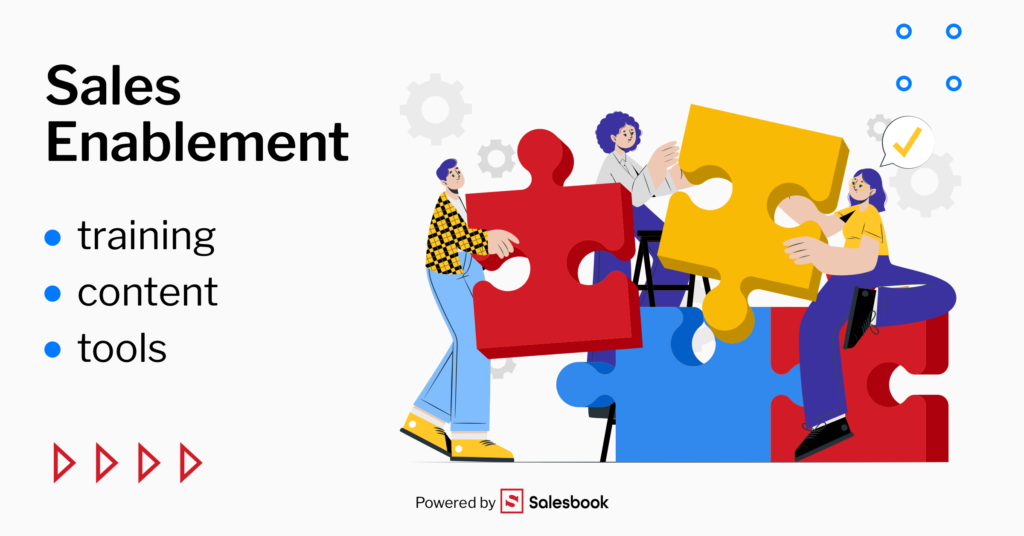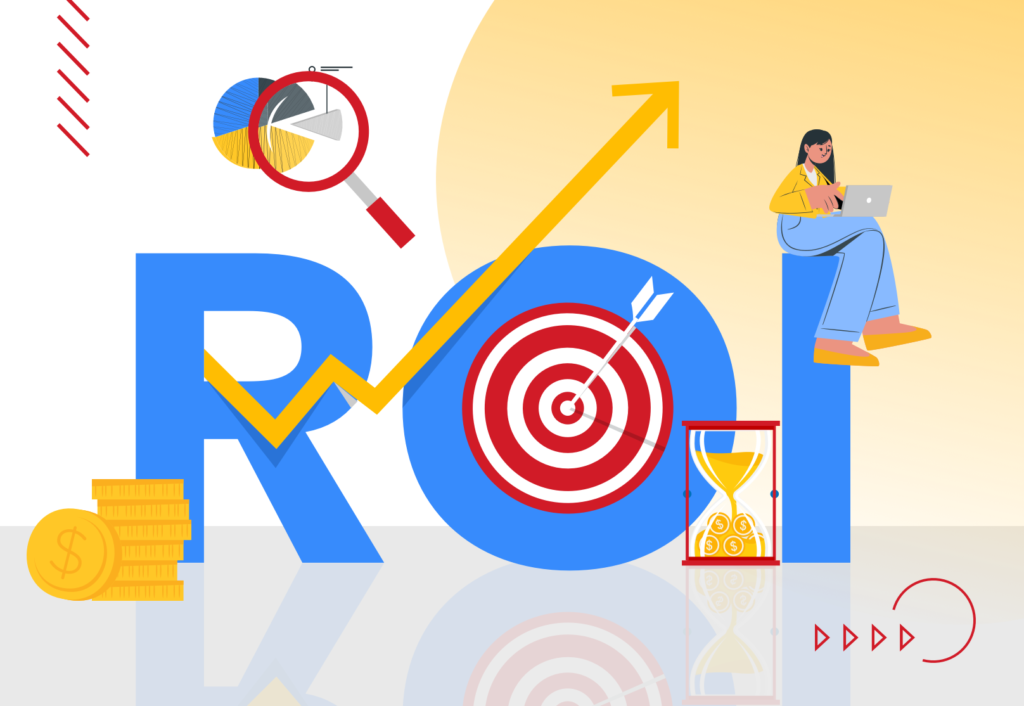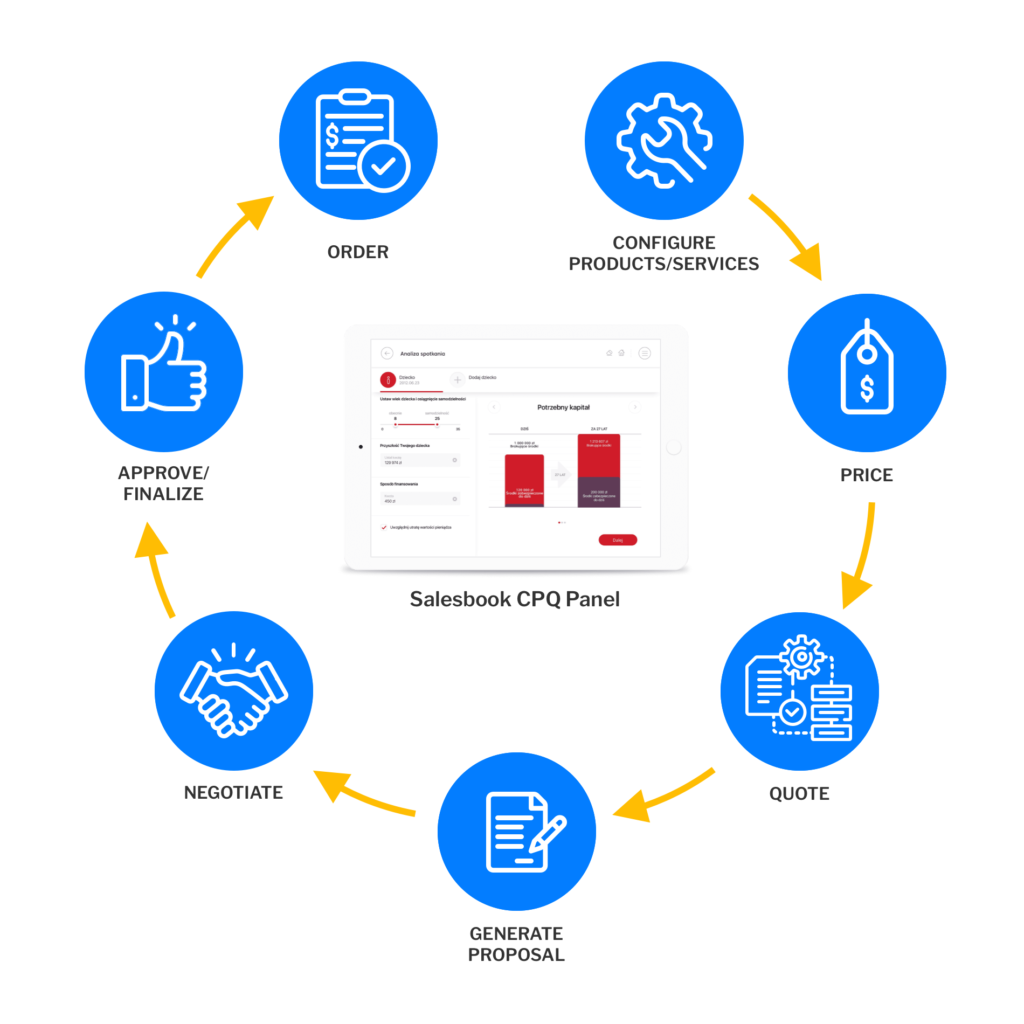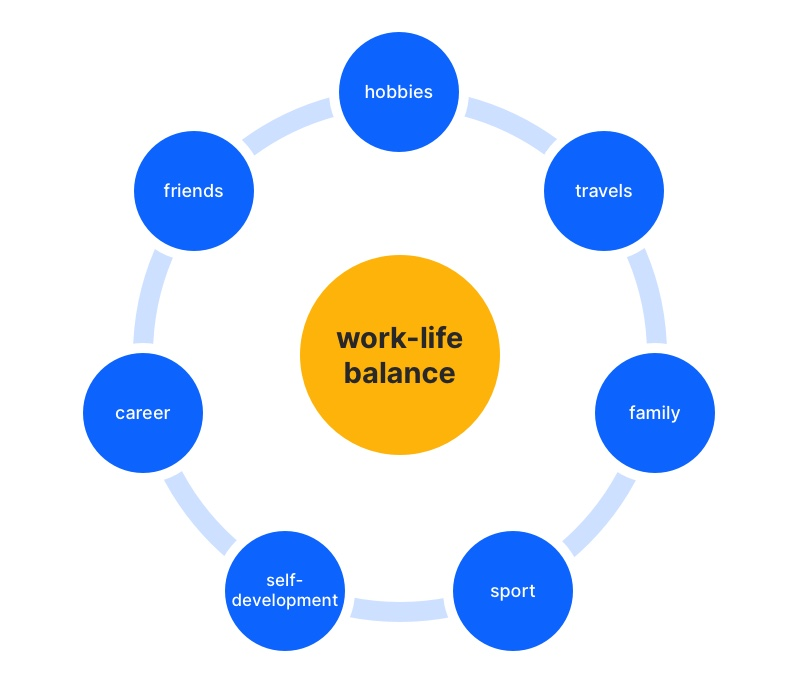KPIs for the seller. How to determine them correctly?
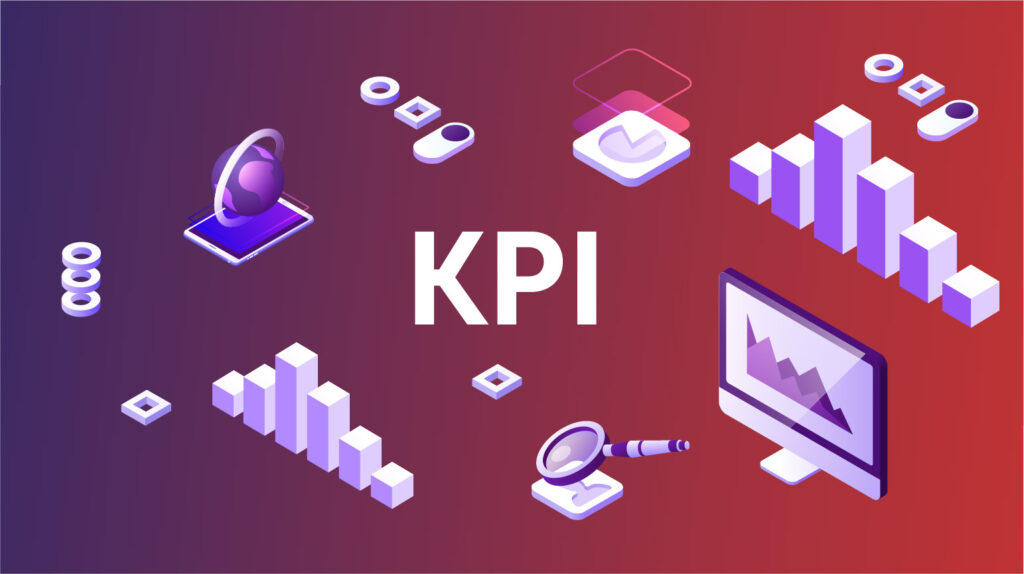
Accounting for the work of sales representatives is one of the most difficult topics to describe precisely. We must combine the ability of a company to collect hard data about the sales process with the “soft skills” of managers who assess the difficult to measure aspects of their subordinate’s actions. So how to establish measurable Key Performance Indicators (KPIs) and what tools can support their analysis? That is what today’s text is all about.
The most common KPIs for retailers
When we ask the sales manager what he most often demands from his subordinates, we will hear: the target realization. Target, quota, budget, execution – we all know these magic words that mean sales volume. And it is the volume of sales that is the most frequently considered parameter when it comes to settling accounts with sellers. In other words, a salesman who sold for 200 is better than a salesman who sold for 180.
We like to simplify, we see great value in simplification, and it is recommended by many wise sales coaches, so this approach usually satisfies us. But is it always? What if we had the following data to analyze?
Salesman A:
- sales volume: 200
- number of meetings held: 80
- number of closed processes: 20
Salesman B:
- sales volume: 180
- number of meetings held: 55
- number of closed processes: 17
If our only criterion was the volume of sales, we would not hesitate to consider that seller A deserves a bonus, respect or promotion. But if we bend over to more detailed information, things may turn out to be somewhat different. So, let’s check the additional data.
Salesman A:
- average sales volume: 200 / 20 = 10
- sales effectiveness: 20 / 80 = 25%
Salesman B:
- average sales volume: 180 / 17 ~ 10,6
- sales effectiveness: 17 / 55 ~ 31%
It turns out that after only a little more insightful analysis we can easily discover that it is seller B who has a better sales performance (31% vs. 25%), moreover, the average value of his transaction is also higher (10,6 vs 10,0). So maybe he deserves a bonus?
To establish a KPI, we need to have access to a lot of data
This question, too, cannot be answered quickly, because it forces us de facto to further analysis. Did seller B have access to the “hotter leads”? Or did he spend more time with his customers than salesman A? Or maybe he started using a presentation that salesman A has long forgotten about, and this is the key slide that closes the sale?
These questions (we could easily produce many more) seem to us to be the key to solve this problem. But how to find answers to them? A classic sales manager arranges a meeting in such a situation and tries to get information from his employees. But will this be possible at all?
During the meeting, which will relate to our feelings, judgments and memories, will we be able to determine if they were “hotter leads”? After all, salesman B will never admit that it was – he will rather be ready to acknowledge that they were just as difficult as all the others. Further on – how do we know exactly how long each meeting lasted, did salesmen A and B note their actual length? And finally, who remembers exactly what each meeting looked like, what was discussed, what topics were covered and in what order?
After such a meeting, the sales manager will have to use some additional help, so he will first go through CRM. And what will he find there? At most, information like:
- there was a meeting,
- currently at what stage of the funnel there is a sales opportunity,
- a declaratory (and thus produced by the seller) meeting note.
As you can see, in the classic sales model, there is little chance for the sales manager to discover the reason for this and reward the right employee with a bonus and implement those elements of the process that proved most effective. He is simply lacking data, so at the end of the day the main KPI that he will impose on the sales force will be the standard quota. We go back to the starting point.
And therefore, it is so difficult – without having the right data in your hands – to manage the sales department and establish KPIs for it.
What would a set of perfect KPIs look like?
Let’s consider what data we would need to have in order to solve not so hypothetical problem constructed for this article. Apart from the basic data that we have collected:
- sales volume,
- number of meetings held,
- number of closed processes,
- average sales volume,
- sales effectiveness.
It would be good to have also:
- average sales meeting time,
- list of materials (process elements) used,
- average number of contacts (it would be good to have a division into e-mail, telephone and meeting),
- the number of qualified contacts created by the seller (a qualified contact is one that we already know who he is and if he has a need),
- the number of sales opportunities created by the seller (a chance is a contact we already know that he can buy something from us and for what price),
- the time when the seller made contact (i.e. the first time he “touched” a potential customer),
- the number of lost contacts and opportunities,
- activity in social media,
- to assess the quality of contact from the people we are trying to reach.
Being equipped with such data will increase the chance of solving our problem. Below I will try to show what conclusions we can reach by focusing on different KPIs.
- Scenario 1: Time counts. In this approach we may discover that seller B sells for more and more volume because he spends more time with his customers. These are situations where we offer a rather complex and challenging product that requires commitment on both sides of the sales communication. Our obvious conclusion should therefore be to increase the time spent by salespeople on one customer and this recommendation should be imposed on the team. One point to make: you need to find a golden mean here and extend the meeting time, but only to the point where it improves efficiency.
- Scenario 2: A diagram from a specific slide. If we had a chance to analyze all the materials that salesman B shows to his potential customers, it could turn out that there is always the same scheme (illustrating, for example, the idea of the product), and in addition salesman B devotes the most time to it. Such knowledge would allow us to decide that the scheme should be included in the sales presentations of all our employees and that it should be properly explained to customers.
- Scenario 3: I basically went to close the deal. In this scenario, based on a data analysis, it could turn out that salesman B – before he goes to a customer meeting – exchanges an average of five more emails with him than salesman A and makes two phone calls, each lasting 30 minutes. This could lead to the conclusion that it is worthwhile to prepare the potential customer for the meeting earlier, so that the direct relationship itself can result in the signing of the contract.
I am quoting these three scenarios because they show that only by delving deeper into quite specific and specified sales data can we really manage our sales department. Based on sales volume alone is always a kind of ignorance and must end up with “sell more” commands or “always be closing” phrases because it does not give the manager any analytical and consequently, decision-making tools.
Where to get data to build KPIs from?
Some sales executives have now thought that I’m presenting a very idealized image, which is perhaps even quite naive when confronted with hard sales reality. After all, what always counts at the end of the day is sweat running down your back, the law of the big numbers and the immortal “execution”.
Always in such situations, I am reminded of the picture on which a group of our ancestors pulled a heavy car equipped with square “wheels” and refused help by someone who offers them an improvement in the form of real wheels. Well, they are too busy with their work to bend over to optimize it.

The same is true with sales managers, for whom the only fuel to improve their business performance is to hire new employees or to impose further, more stringent targets on existing ones. But, really, that can be changed.
The solution is to use tools such as Sales Acceleration, thanks to which for the first-time sales managers are given analytical mechanisms with a wide spectrum of collected data. We write more about them in our article “What is Sales Acceleration and how it helps managers to achieve sales results“, here let’s just say that it makes it possible to collect data on the activities of salespeople in full and in real time.
In this way, the sales department receives assistance that bridges the gap between the physical meeting with the customer and the control system, which is CRM. Suffice to mention that having a tool of this type, our problem of two salesmen – A and B – would be solved in a split second by one glance at the panel collecting data about the direct sales process.
PS. If you want to try a Sales Acceleration tool in your company, use the following form: test the demo. Salesbook is the first application of this type on the Polish market – it already effectively helps salesmen in companies such as Mercedes-Benz, BMW Motorrad or Prudential.
Table of Contents


